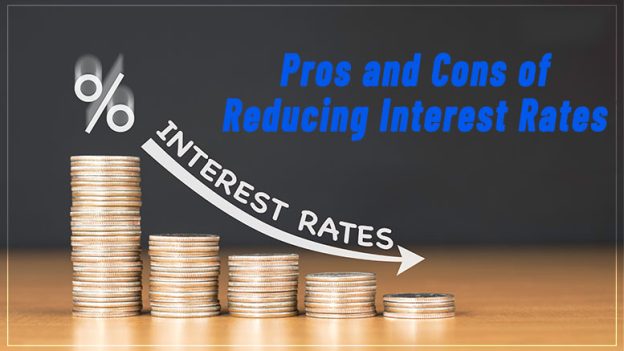The commodity market is an essential component of the global economy, serving as a platform for the exchange of raw materials, agricultural products, and other essential goods. These markets allow for the efficient trading of commodities, providing price discovery and risk management mechanisms for producers, consumers, and investors.
At the core of the commodity market are the various physical commodities, such as energy resources (crude oil, natural gas, coal), precious metals (gold, silver, platinum), industrial metals (copper, aluminum, steel), and agricultural products (grains, livestock, soft commodities like coffee, sugar, and cocoa). These commodities are traded on specialized exchanges, each with their own unique characteristics, trading rules, and settlement procedures.
The dynamics of the commodity market are heavily influenced by supply and demand factors, as well as geopolitical and economic conditions. Production levels, weather patterns, infrastructure challenges, and regulatory changes can all have a significant impact on the availability and pricing of commodities. Investors and traders in the commodity market seek to capitalize on these fluctuations, using a range of financial instruments, such as futures, options, and swaps, to manage price risks and generate returns.
The commodity market is also closely intertwined with other financial markets, as the prices of commodities can have ripple effects on the broader economy. For example, a spike in oil prices can lead to higher inflation, which in turn can influence the decisions of central banks and impact the performance of equity and bond markets.
Participants in the commodity market include producers, consumers, traders, and financial institutions. Producers, such as mining companies and agricultural firms, seek to sell their commodities at the best possible prices, while consumers, such as manufacturers and utilities, aim to secure reliable supplies at reasonable costs. Traders, both individual and institutional, play a crucial role in providing liquidity and price discovery, while financial institutions, such as banks and investment funds, offer a range of financial products and services to help manage commodity-related risks and generate returns.
Investing in Commodity Market Pros and Cons
Investing in the commodity market can offer both advantages and disadvantages for investors. Here are some of the key pros and cons to consider:
Pros:
Diversification: Commodities often have low or negative correlations with traditional asset classes like stocks and bonds, making them an attractive diversification tool for investment portfolios.
Inflation Hedge: Commodities, particularly precious metals and energy resources, can serve as a hedge against inflation, as their prices tend to rise in inflationary environments.
Potential for High Returns: Commodity markets can be volatile, presenting opportunities for savvy investors to generate significant returns, especially through the use of leverage and derivative instruments.
Exposure to Real Assets: Investing in commodities provides exposure to the underlying physical assets, which can be viewed as a more tangible form of investment compared to purely financial assets.
Portfolio Stabilization: Commodities can help stabilize a portfolio’s overall performance, as their returns may be uncorrelated or negatively correlated with other asset classes during times of market stress.
You may also like to know:
Investing in IPO Pros and Cons
Investing in Share Market Pros and Cons
Pros and Cons of Money Market Account
Cons:
Volatility: Commodity prices can be highly volatile, subject to sudden and significant swings due to factors such as supply and demand imbalances, geopolitical events, and weather patterns.
Leverage Risks: Investing in commodity derivatives, such as futures and options, often involves the use of leverage, which can amplify both gains and losses.
Limited Liquidity: Certain commodity markets, particularly for less-traded or illiquid commodities, may experience limited liquidity, making it challenging to enter and exit positions quickly.
Storage and Transportation Costs: For physical commodity investments, investors may need to consider the costs associated with storage, transportation, and insurance, which can eat into investment returns.
Regulatory Risks: The commodity market is subject to various regulatory frameworks, both at the national and international levels, which can undergo changes that impact the investment landscape.
It’s important for investors to carefully evaluate their risk tolerance, investment objectives, and time horizon before deciding to allocate a portion of their portfolio to commodity investments. Proper research, risk management, and diversification are crucial when navigating the complexities of the commodity market.









